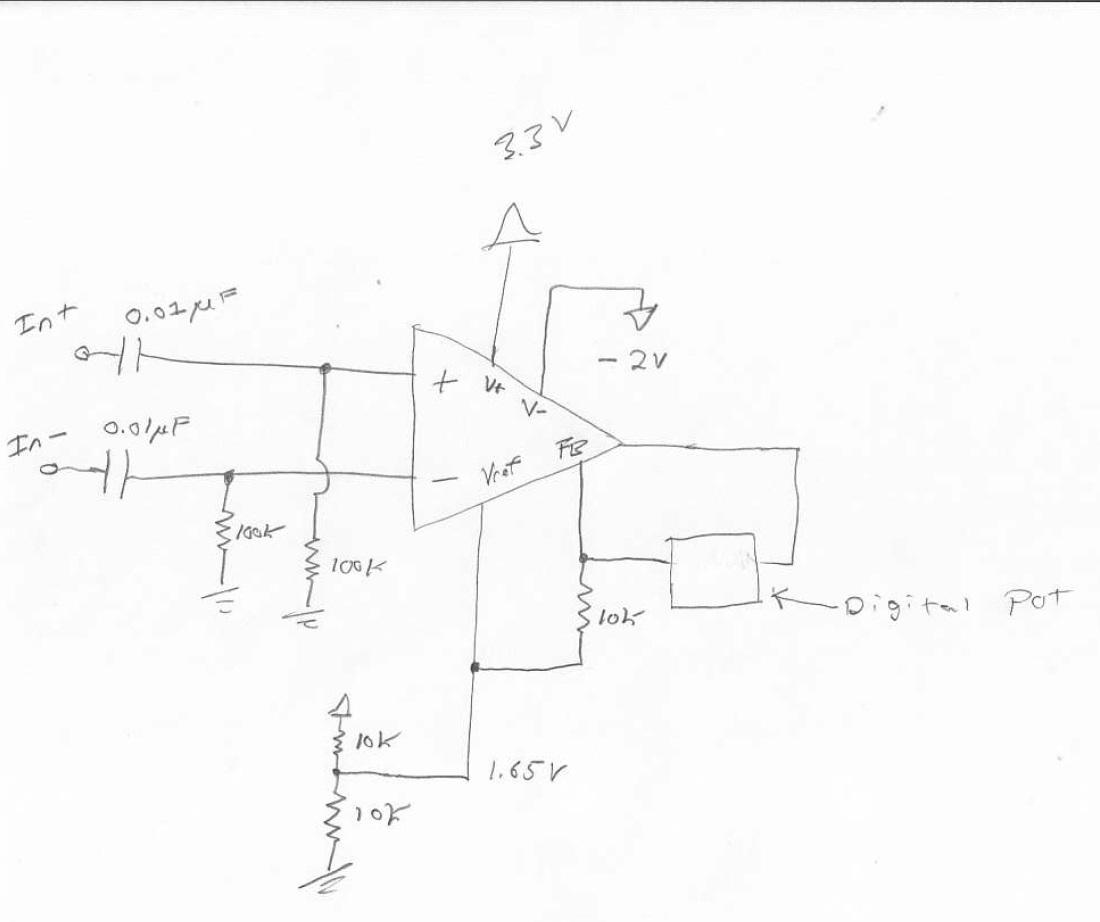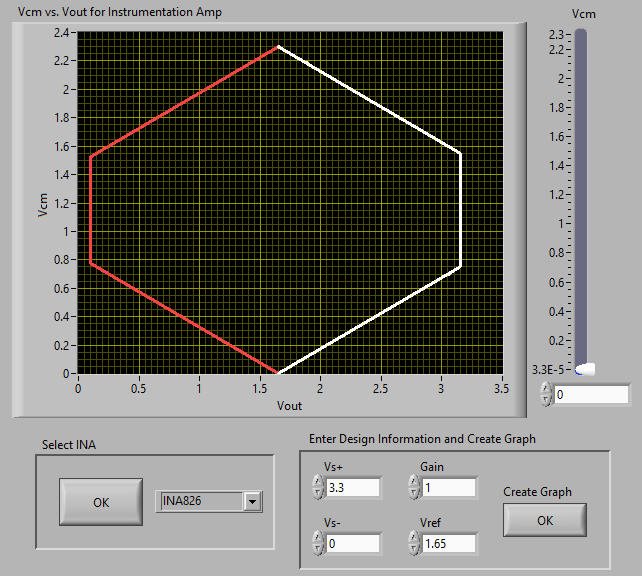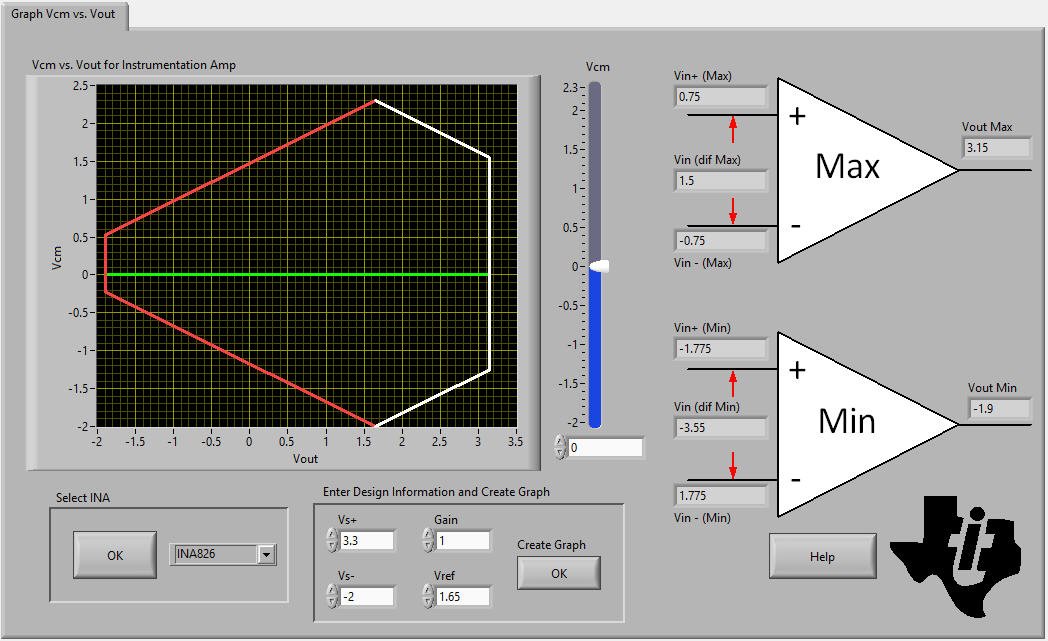Hello,
I am having trouble with an instrumentation amp that is currently in my product. Because this part has been so hard to work with I am looking at replacing it. I was thinking about trying the INA826.
Here is a schematic of the functionality I'm looking for:
I need to receive an ac coupled signal from a differential sensor. I then need to apply a gain of up to 10 to the signal. I need the output to be at an offset of Vcc/2 (1.65V). I'm looking for an output swing between 0v and my Vcc which is 3.3V. I'm wondering if this part could accomplish something like this or if there is a better one in TI's portfolio. My input bandwidth is only ~160Hz to 10kHz at a max gain of 10 so there won't be a lot of performance strain on the part. The ac coupling allows me to eliminate the sensors input offset errors since only the ac content is really relevant.
Since the inputs to the amp will sit at 0V due to the AC coupling would I need V- to be negatively biased as shown above?
Would I also be able to ground the inverting input and use the non-inverting for rough single ended functionality?
Any direction/recommendations would be helpful. Seems like a simple task, but so far this interface has been tricky.
Does TI have any app notes regarding instrumentation amplifiers and their configurations?




